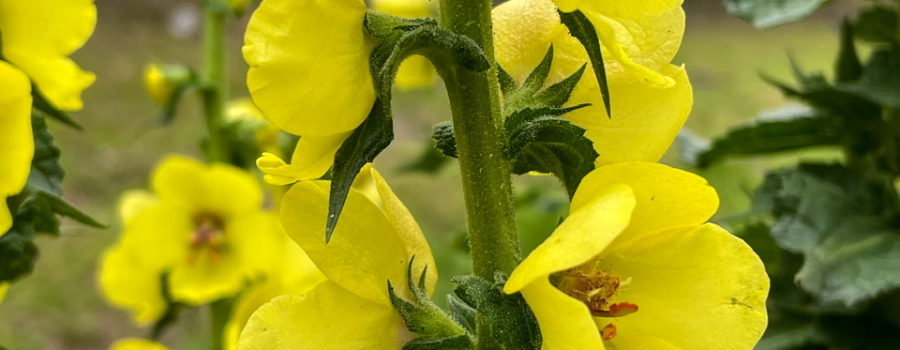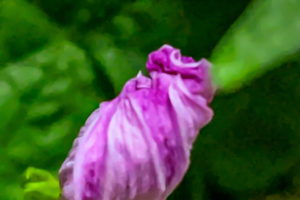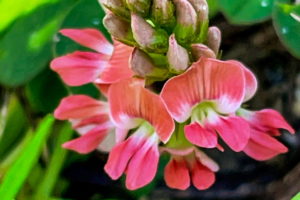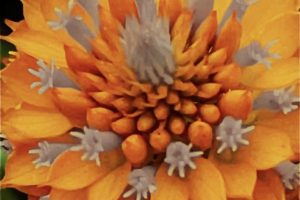Twiggy Mullein is Very Useful and Quite Beautiful

Every year, along the roadsides of the Eastern United States and Canada there is a striking plant with tall stalks of yellow flowers that bloom from early spring well into the fall. It’s called twiggy mullein or wand mullein. It’s so noticeable and striking for two reasons. First, the stalks get to be between three and six feet tall. That tends to make it stand above most of the other roadside plants and flowers. Then there are the bright yellow flowers. Each flower is about a half inch long and only lasts for a day, but the plant always has quite a few flowers on any given day from early spring until well into the fall. So many of our wildflowers and blossoming trees only bloom for a very short period, but the fact that twiggy mullein continues to bloom also makes it a standout!

The twiggy mullein plant is actually a pretty interesting plant, too. It is a biennial, meaning that it has a two year life span. During the first year, of it’s life the plant is usually pretty small and inconspicuous. It stays a rosette of leaves that stay close to the ground. It’s in the second year that it puts out the tall stalks and flowers. At the end of the growing season the plants release their seeds and then quietly die off. Depending on where the seeds end up, the plant may never regrow in that area again. This is an important point because twiggy mullein is not originally a native species. It actually comes from Europe and parts or Asia, but it has become naturalized in much of the rest of the world including South and Central America, Australia, and many of the Pacific Islands as well as the United States and Canada, of course.

Twiggy mullein is an herb, and like many others herbs, it has quite a few uses. It was used by native Americans for quite a few things, especially coughs and pulmonary illnesses. It was also used to treat skin issues and gastrointestinal problems. It is still a popular treatment for coughs and cold among some people today. In addition to having medical uses, the fiberous twiggy mullein stalks have been used to make candles, lamp wicks, and shoes. Fishermen used to throw the seeds, which contain the fish and insect toxin rotenone, into the water to stun fish, making them easier to catch. Wiping the flowers on material or paper will create a yellow dye, while crushing the whole flower into a pulp can produce a reddish dye (due to the coloration of the central parts).

Overall, even though twiggy mullein is not an originally native plant it is not highly invasive, and has become a useful part of our local environment. Not only does it have uses for humans, but it is a very popular source of nutrition for most of our nectar feeders such as bees, wasps, butterflies, and hummingbirds. The seeds also feed wild birds, squirrels, fox squirrels, and other wildlife in the fall. Add all of this to the fact that it’s also stunning to look at, and you’ve got a win/win situation! Does twiggy mullein or one of it’s relatives such as moth mullein or dark mullein grow where you live?





Recent Comments